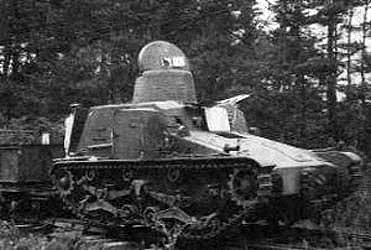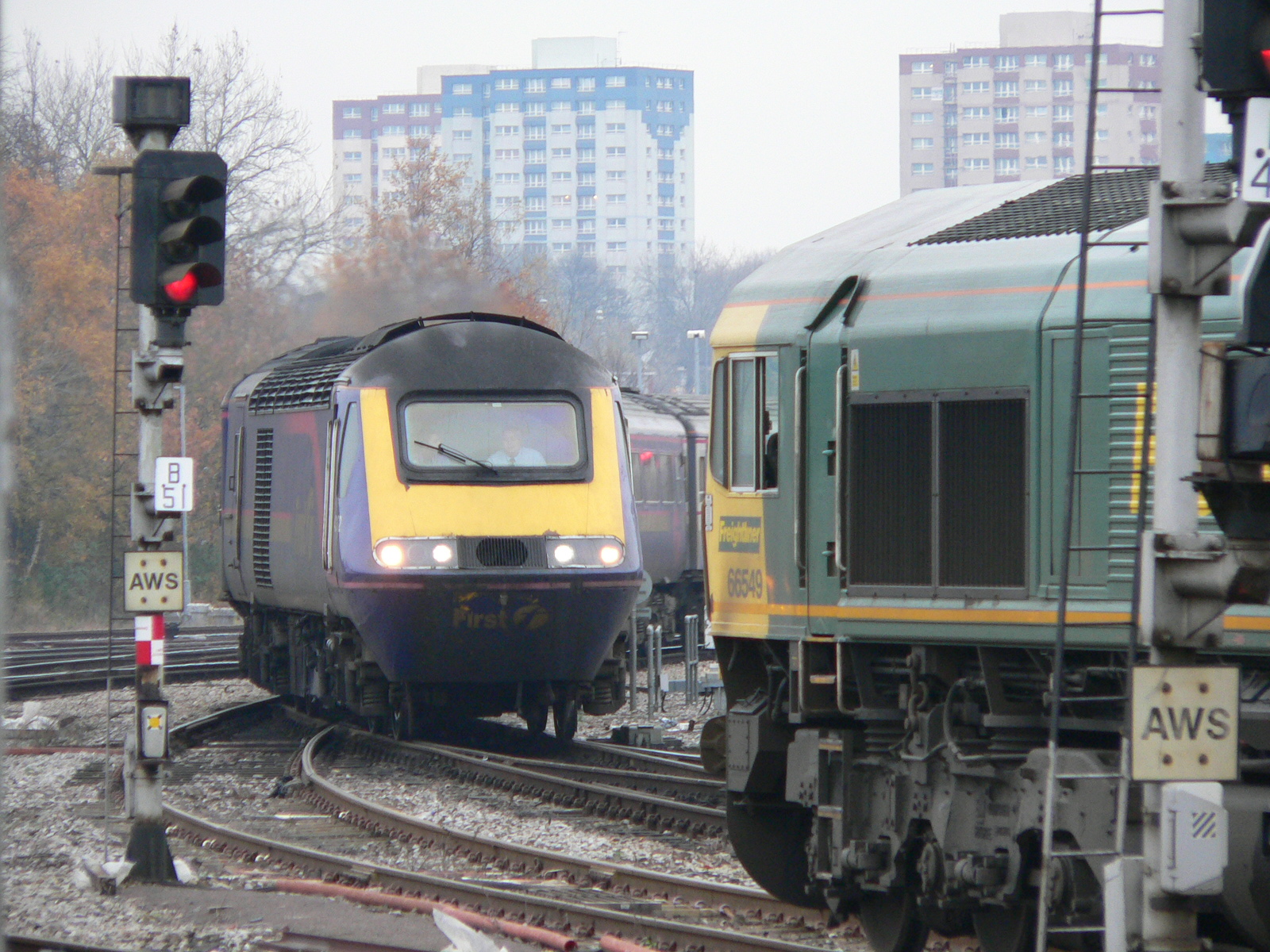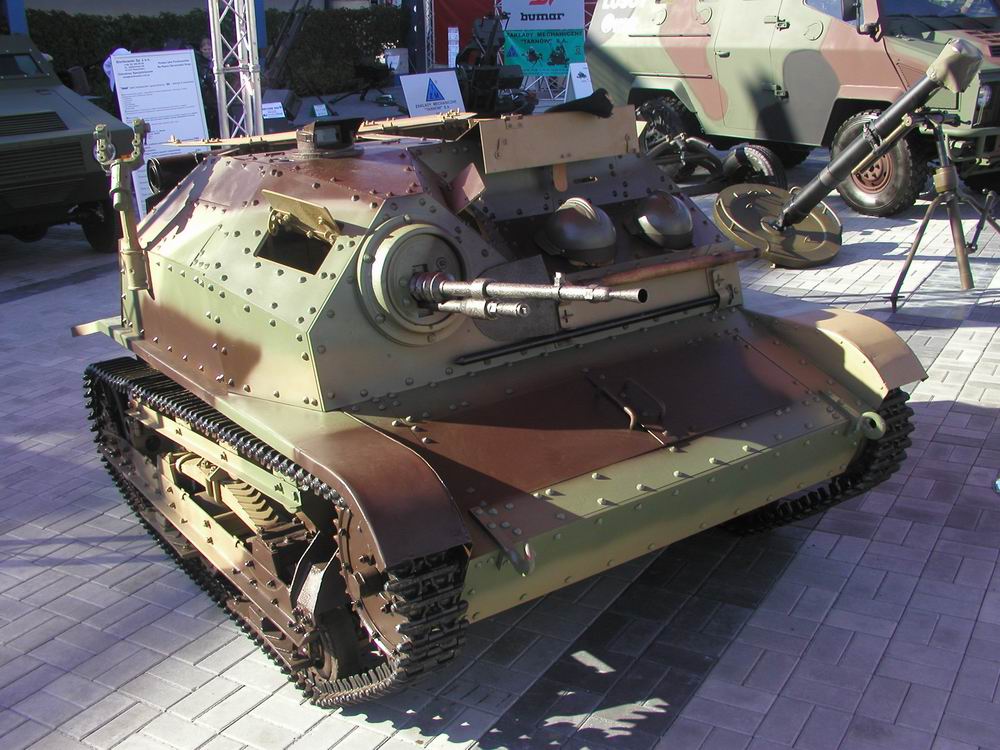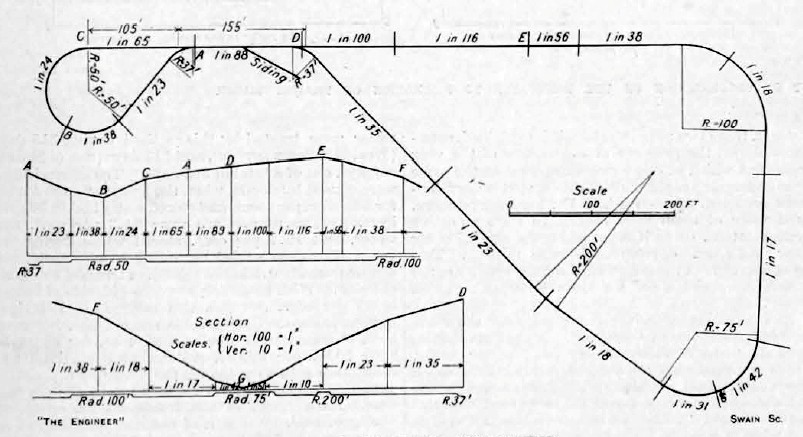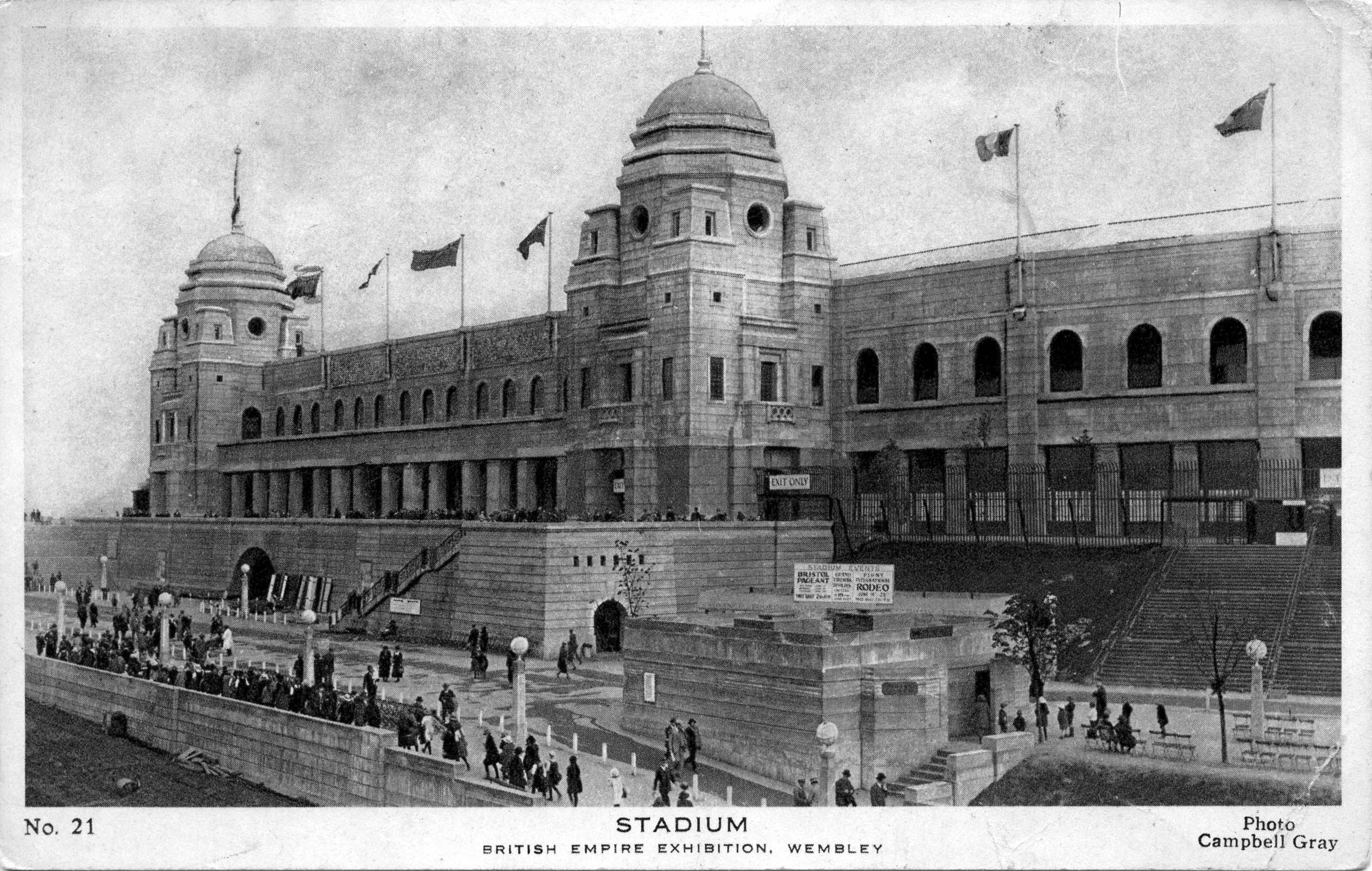|
Road–rail Vehicle
A road–rail vehicle or a rail–road vehicle is a dual-mode vehicle which can operate both on rail tracks and roads. They are also known as two-way vehicles (), hi-rail (from ''highway'' and ''railway'', or variations such as high-rail, HiRail, ), and rail and road vehicles. They are often converted road vehicles, keeping their normal wheels with rubber tires, but fitted with additional flanged Train wheel#Wheels for road-rail vehicles, steel wheels for running on rails. Propulsion is typically through the conventional tires, the flanged wheels being free-rolling, used to keep the vehicle on the rails; the rail wheels are raised and lowered as needed. There are also purpose-built road–rail vehicles. In case of jeep trains, road wheels are directly replaced with railway wheels. Vehicles with tires need special areas like level crossings to change modes. A vehicle on caterpillar tracks rather than road wheels, which allows mode change anywhere without the need to use a level ... [...More Info...] [...Related Items...] OR: [Wikipedia] [Google] [Baidu] |
Railway Signalling
Railway signalling (), or railroad signaling (), is a system used to control the movement of railway traffic. Trains move on fixed rails, making them uniquely susceptible to collision. This susceptibility is exacerbated by the enormous weight and inertia of a train, which makes it difficult to quickly stop when encountering an obstacle. In the UK, the Regulation of Railways Act 1889 introduced a series of requirements on matters such as the implementation of interlocked block signalling and other safety measures as a direct result of the Armagh rail disaster in that year. Most forms of train control involve movement authority being passed from those responsible for each section of a rail network (e.g. a signalman or stationmaster) to the train crew. The set of rules and the physical equipment used to accomplish this determine what is known as the ''method of working'' (UK), ''method of operation'' (US) or ''safe-working'' (Aus.). Not all these methods require the use of p ... [...More Info...] [...Related Items...] OR: [Wikipedia] [Google] [Baidu] |
Narrow Gauge
A narrow-gauge railway (narrow-gauge railroad in the US) is a railway with a track gauge (distance between the rails) narrower than . Most narrow-gauge railways are between and . Since narrow-gauge railways are usually built with Minimum railway curve radius, tighter curves, smaller structure gauges, and lighter Rail profile, rails; they can be less costly to build, equip, and operate than standard- or broad-gauge railways (particularly in mountainous or difficult terrain). Lower-cost narrow-gauge railways are often used in mountainous terrain, where engineering savings can be substantial. Lower-cost narrow-gauge railways are often built to serve industries as well as sparsely populated communities where the traffic potential would not justify the cost of a standard- or broad-gauge line. Narrow-gauge railways have specialised use in mines and other environments where a small structure gauge necessitates a small loading gauge. In some countries, narrow gauge is the standard: Ja ... [...More Info...] [...Related Items...] OR: [Wikipedia] [Google] [Baidu] |
Tankette
A tankette is a tracked armoured fighting vehicle that resembles a small tank, roughly the size of a car. It is mainly intended for light infantry support and scouting.T-27 Tankette (from the 'battlefield.ru' website, with further references cited. Accessed 2008-02-21.) Colloquially it may also simply mean a small tank. Several countries built tankettes between the 1920s and 1940s, and some saw limited combat in the early phases of . The vulnerability of their light armour, however, eventually led armies to abandon the concept with some exceptions such as the more modern German Wiesel (Weasel) series.
|
Type 95 So-Ki
The Type 95 ''So-Ki'' was an Armored car (military), armored railroad car of the Imperial Japanese Army. It was used for patrolling and guarding railway lines in both Manchuria and Burma. The chassis was based on the Type 95 Ha-Go light tank. The Type 95 So-Ki had light armor and no fixed weapons armament. Hand-held weapons by the crew would be the only armament available. It had a simple Suspension (vehicle), suspension system with bogie wheels suspended on bell cranks on each side of the chassis. The tracks were driven through the front sprockets. There were three small return wheels. The Type 95 So-Ki was unique as it had both a track and wheel drive system. The vehicle could be changed between railway line wheels mode and track mode for ground use within a few minutes time as it had retractable wheels. In addition, the width of the wheels could be Variable gauge, adjusted to the various widths of the rail gauges. The Type 95 So-Ki was produced between 1935 and 1943, with 121 ... [...More Info...] [...Related Items...] OR: [Wikipedia] [Google] [Baidu] |
Sumida M
Sumida may refer to: *Sumida, Tokyo, one of the 23 special wards of Tokyo, Japan *Sumida River, which flows through Tokyo, Japan *Sumida (surname), a Japanese surname * Japanese gunboat ''Sumida'' (1903), a Japanese gunboat launched in 1903 and stricken in 1935 * Japanese gunboat ''Sumida'' (1939), a Japanese gunboat launched in 1939 and ceded to China as a war prize at the end of World War II *Sumida, a series of Japanese cars manufactured from 1933-1937 by Jidosha Kogyo Co., Ltd. (later to become Isuzu , commonly known as Isuzu (, ), is a Japanese multinational automobile manufacturer headquartered in Yokohama, Kanagawa Prefecture. Its principal activity is the production, marketing and sale of Isuzu commercial vehicles and diesel engines ...) * 1090 Sumida, a minor planet orbiting the Sun {{disambiguation ... [...More Info...] [...Related Items...] OR: [Wikipedia] [Google] [Baidu] |
Japanese Empire
The Empire of Japan, also known as the Japanese Empire or Imperial Japan, was the Japanese nation state that existed from the Meiji Restoration on January 3, 1868, until the Constitution of Japan took effect on May 3, 1947. From 1910 to 1945, it included the Japanese archipelago, the Kurils, Karafuto, Korea, and Taiwan. The South Seas Mandate and concessions such as the Kwantung Leased Territory were ''de jure'' not internal parts of the empire but dependent territories. In the closing stages of World War II, with Japan defeated alongside the rest of the Axis powers, the formalized surrender was issued on September 2, 1945, in compliance with the Potsdam Declaration of the Allies, and the empire's territory subsequently shrunk to cover only the Japanese archipelago resembling modern Japan. Under the slogans of "Enrich the Country, Strengthen the Armed Forces" and "Promote Industry" which followed the Boshin War and the restoration of power to the emperor from the ... [...More Info...] [...Related Items...] OR: [Wikipedia] [Google] [Baidu] |
FAI Armoured Car
The FAI ''(Ford-A Izhorskiy)'' Armored car (military), armoured car was a replacement for the D-8 armoured car, D-8 armoured car, used by the Soviet Union from the early 1930s to early 1940s. Description The FAI was built on the chassis of the GAZ-A car, a licensed copy of the American Ford Model A (1927–31), Ford A. This chassis was the major weakness of the FAI. Most commercial car chassis were not powerful enough to move a useful amount of armour or firepower on the battlefield. The Germans were known to get around this particular problem by designing a car chassis that was intended from the outset for both civilian and military vehicles and which was used successfully in at least one German armoured car family of this period. However, armoured cars based on commercial car chassis were, for the most part, road-bound, thinly armoured and lightly armed. The FAI was a typical example of this class of vehicle with a single 7.62 mm Degtyarev light machine gun, DT machine-gun ... [...More Info...] [...Related Items...] OR: [Wikipedia] [Google] [Baidu] |
BAD-2
BAD-2 was a Soviet experimental amphibious armored car, that could be also converted to run on railroad tracks (see '' draisine''). The changing for rail mode took 30 minutes. Only one prototype was built in 1932, designed by engineer P. N. Syachentov. Dimensions The BAD-2 armored vehicle, weighs 4.6 tons, and is about 5.5 meters long, about 2 meters wide, and about 2.2 meters high. Conversion The BAD-2 had a set of special rail road wheels used on the railway. It takes about half an hour to replace all the wheels. After completion, the BAD-2 can be used as a light rail armored vehicle. Rubber tracks can also be installed on the rear wheels of the armored vehicle to transform into a half-track A half-track is a civilian or military vehicle with wheels at the front for steering and continuous tracks at the back to propel the vehicle and carry most of the load. A half-track combines the soft-ground traction of a tank with the Car handl ... vehicle to enhance its off-road cap ... [...More Info...] [...Related Items...] OR: [Wikipedia] [Google] [Baidu] |
South African Dutton Road-rail Tractors
The South African Railways Dutton road-rail tractors of 1923 were road-rail steam tractors. In 1917, the South African Railways conducted trials with a prototype petrol-paraffin powered Dutton road-rail tractor. In 1924, it placed two production model steam rail tractors in service on the new narrow gauge line between Naboomspruit and Singlewood in Transvaal. One was constructed as a Road–rail vehicle, road-rail tractor while the other was constructed as a bi-directional rail-only tractor.Espitalier, T.J.; Day, W.A.J. (1945). ''The Locomotive in South Africa - A Brief History of Railway Development. Chapter VII - South African Railways (Continued).'' South African Railways and Harbours Magazine, October 1945. pp. 782-783. Branch line unprofitability The unprofitability of many branch line operations had been a problem for the South African Railways (SAR) from the outset. The question of non-paying branch lines was raised by Sir William Hoy, South African Railways and Harbou ... [...More Info...] [...Related Items...] OR: [Wikipedia] [Google] [Baidu] |
British Empire Exhibition
The British Empire Exhibition was a colonial exhibition held at Wembley Park, London England from 23 April to 1 November 1924 and from 9 May to 31 October 1925. Background In 1920 the Government of the United Kingdom, British Government decided to site the British Empire Exhibition at Wembley Park on the site of the pleasure gardens created by Edward Watkin in the 1890s. A British Empire Exhibition had first been proposed in 1902, by the British Empire League, and again in 1913. The Russo-Japanese War had prevented the first plan from being developed and World War I put an end to the second, though there had been a Festival of Empire in 1911, held in part at Crystal Palace, London, Crystal Palace.Ian Grosvenor - "Teaching the Empire: The Weekly Bulletin of Empire Study and the British Empire Exhibition", in Martin Lawn (ed.) - ''Modelling the Future: Exhibitions and the Materiality of Education'' (Symposium Books, 2009) p. 107-8 One of the reasons for the suggestion was a sense ... [...More Info...] [...Related Items...] OR: [Wikipedia] [Google] [Baidu] |
